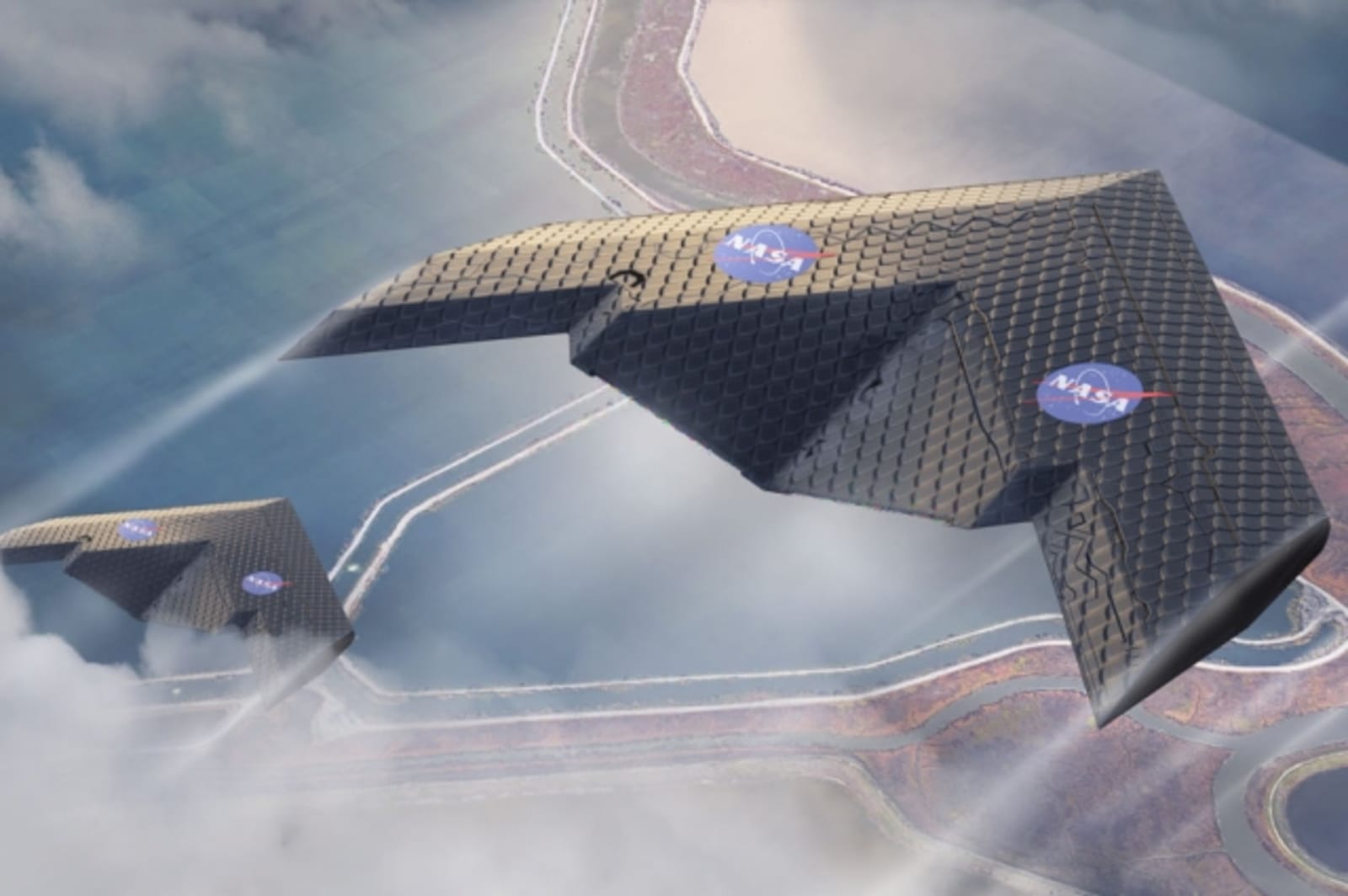https://arstechnica.com/?p=1484525

Jonathan Gitlin
Over 58 percent of passenger cars sold in Norway in March were zero-emission vehicles, according to Norway’s Road Traffic Information Office (OFV). That’s a new record for the small Scandinavian country that has long led the world in adoption of zero-emission vehicles.
The strong sales reflected pent-up demand for Tesla’s new Model 3, which only became available in large volumes in late February. The Model 3 accounted for 5,315 of the 18,375 vehicles sold in Norway in March, with the Model S and Model X selling another 500 vehicles combined.
“In 2018, Norway’s fully electric car sales rose to a record 31.2 percent market share from 20.8 percent in 2017, far ahead of any other nation,” Reuters reports.
If you include plug-in hybrid vehicles, Norway’s electric vehicle share reached around 50 percent in 2018. The comparable figure for the United States was around 2 percent.
Norway’s stunning sales of electric vehicles overall reflect aggressive policies by the Norwegian government to promote the shift away from vehicles with internal combustion engines that contribute to climate change. Norway imposes hefty taxes on conventional cars, but the country fully exempts electric (and hydrogen-powered) vehicles. As a result, electric vehicles are comparatively more affordable in Norway than they are in most other countries around the world.
Governments in Norway have made other efforts to promote electric vehicles, too.
“Capital city Oslo has made extraordinary efforts to promote EVs, including toll-free roads, HOV-lane access, free parking, and free charging,” CityLab reported in December.
According to Reuters, demand for electric cars is so strong in Norway that automakers have struggled to keep up. Tesla’s entry into the market represents a significant expansion of the availability of all-electric vehicles in the country.
March’s electric vehicle sales may prove to be a bit of an aberration driven by pent-up demand for the Model 3. But the head of the Norwegian Electric Vehicle Association, Christina Bu, told Reuters she expected electric cars to reach 50 percent of the new car market for 2019 as a whole.
A big question is what will happen if Norwegian authorities start to scale back some of the generous incentives offered for drivers of fully electric vehicles. For example, CityLab reports that electric cars’ exemption from the Value Added Tax could be phased out in 2020. Electric cars are also slated also lose their exemptions to some tolls this year. That could hamper Norway’s progress toward its goal of having all new vehicles be emissions-free by 2025.
via Ars Technica https://arstechnica.com
April 1, 2019 at 06:32PM



